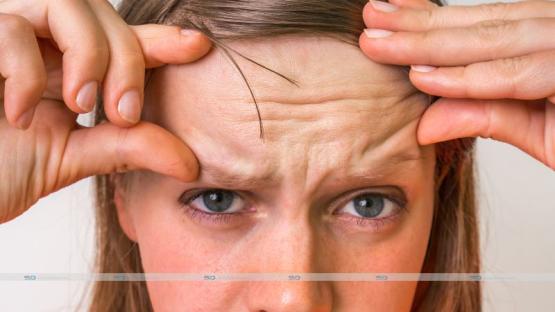Although it may surprise you, nanoparticles are very present in your daily life. They are both in the clothes you wear right now, as well as in electronic devices, medicines, creams, makeup, and cosmetic products. You are not aware of it, but for many years you have consumed nanoparticles in different forms. The most important tool for analyzing nanoparticles is usually the electron microscope because it can capture images of objects at the nanoscale. Examples of nanoparticles that can be found directly around us, for example, are ash from volcanic eruptions, in the sand, and also biological compounds such as viruses. While the nanoparticles made by humans can be said to be of very diverse types and continue to develop along with technological advances. Currently, nanoparticles and nanotechnology represent a very broad area of ââresearch that can provide great advances in sectors such as medicine and cosmetics, among other disciplines.
What is a nanoparticle?
If you are wondering “what are nanoparticles and what are they for?”; Read on! Nanoparticles are, as their name suggests, microscopic particles with a size between 1 and 100 nanometers. By comparison, a nanoparticle is smaller than a grain of sand or a grain of salt.
The main objective of the use of nanoparticles is to innovate and develop new tools and materials in different areas, such as medicine, electronics, or cosmetics. Nanoparticles can be divided according to their materials into the following points:
Metal-based nanoparticles: These in turn can be divided into quantum dots and nanoparticles of gold, silver, or reactive metals (such as titanium dioxide).
Carbon-based: Those of this type are characterized by their degree of hardness, their elasticity, their electrical conductivity, and their low weight.
Composites: In this case, the nanoparticles are combined with each other, even with larger materials.
Dendrimeters: They are built as a tree. Branches grow from other branches, and each termination can be designed to perform a specific chemical function.
Nanoparticles and their importance in medicine and cosmetics
Thanks to the development of nanoparticles and nanotechnology in different areas such as electronics, the environment, medicine, and cosmetics, researchers are achieving great results for the future of these productive sectors that are so important for our society.
Currently, in the field of cosmetics, you can find the use of these nanoparticles in cleansing lotions, lipsticks, anti-wrinkle treatments, eye shadows, hair conditioners, and makeup... Even in products to repel insects and disinfectants.
But if one area in which the use of nanoparticles represents a great advance must be highlighted, it is in medicine. A fact of great importance is that thanks to research with nanoparticles, in the future there will be various drugs that can be applied to the body, precisely in the area and to the extent that they are needed. An example of this type of application of nanoparticles in medicine would be people suffering from diabetes who will be able to apply insulin in a more effective and simple way.
In addition, various investigations are also being carried out on magnetic nanoparticles to combat and destroy tumor cells. Through this investigation, it will be possible to detect which cells are affected by the tumor and proceed to its elimination.
There is still a long way to go to investigate, but it is clear that the use of nanoparticles will mean an advance in all these fields of study, marking a before and after in each discipline in which results are achieved. Hopefully, with the information in this article, you could understand more about nanoparticles. Thanks for reading and have a nice day!




